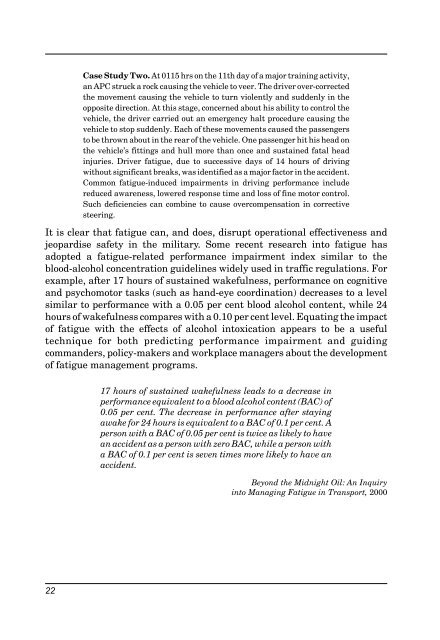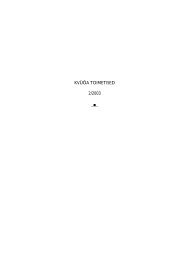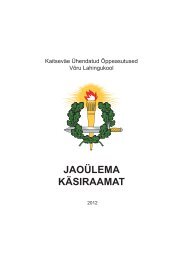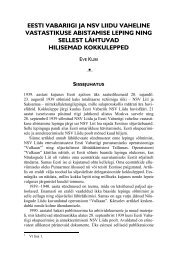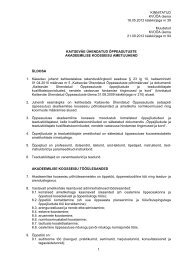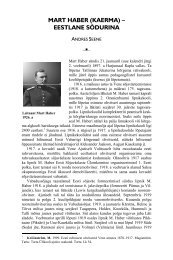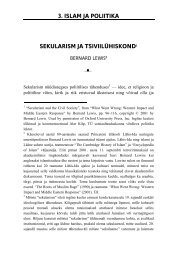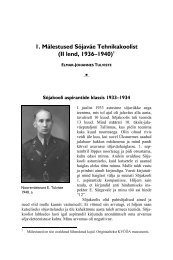Fatigue Management
Fatigue Management
Fatigue Management
You also want an ePaper? Increase the reach of your titles
YUMPU automatically turns print PDFs into web optimized ePapers that Google loves.
Case Study Two. At 0115 hrs on the 11th day of a major training activity,<br />
an APC struck a rock causing the vehicle to veer. The driver over-corrected<br />
the movement causing the vehicle to turn violently and suddenly in the<br />
opposite direction. At this stage, concerned about his ability to control the<br />
vehicle, the driver carried out an emergency halt procedure causing the<br />
vehicle to stop suddenly. Each of these movements caused the passengers<br />
to be thrown about in the rear of the vehicle. One passenger hit his head on<br />
the vehicle's fittings and hull more than once and sustained fatal head<br />
injuries. Driver fatigue, due to successive days of 14 hours of driving<br />
without significant breaks, was identified as a major factor in the accident.<br />
Common fatigue-induced impairments in driving performance include<br />
reduced awareness, lowered response time and loss of fine motor control.<br />
Such deficiencies can combine to cause overcompensation in corrective<br />
steering.<br />
It is clear that fatigue can, and does, disrupt operational effectiveness and<br />
jeopardise safety in the military. Some recent research into fatigue has<br />
adopted a fatigue-related performance impairment index similar to the<br />
blood-alcohol concentration guidelines widely used in traffic regulations. For<br />
example, after 17 hours of sustained wakefulness, performance on cognitive<br />
and psychomotor tasks (such as hand-eye coordination) decreases to a level<br />
similar to performance with a 0.05 per cent blood alcohol content, while 24<br />
hours of wakefulness compares with a 0.10 per cent level. Equating the impact<br />
of fatigue with the effects of alcohol intoxication appears to be a useful<br />
technique for both predicting performance impairment and guiding<br />
commanders, policy-makers and workplace managers about the development<br />
of fatigue management programs.<br />
17 hours of sustained wakefulness leads to a decrease in<br />
performance equivalent to a blood alcohol content (BAC) of<br />
0.05 per cent. The decrease in performance after staying<br />
awake for 24 hours is equivalent to a BAC of 0.1 per cent. A<br />
person with a BAC of 0.05 per cent is twice as likely to have<br />
an accident as a person with zero BAC, while a person with<br />
a BAC of 0.1 per cent is seven times more likely to have an<br />
accident.<br />
Beyond the Midnight Oil: An Inquiry<br />
into Managing <strong>Fatigue</strong> in Transport, 2000<br />
22


